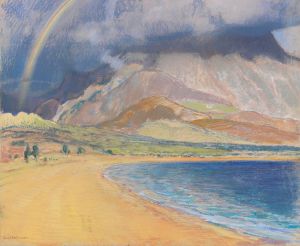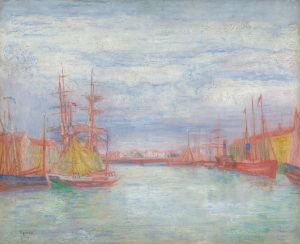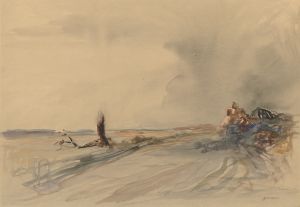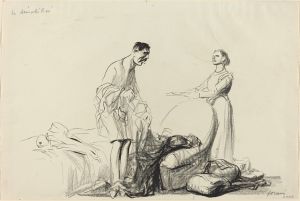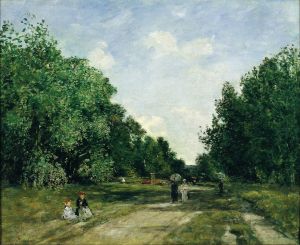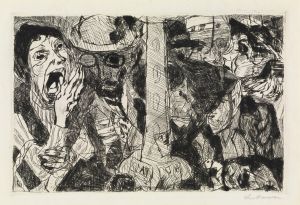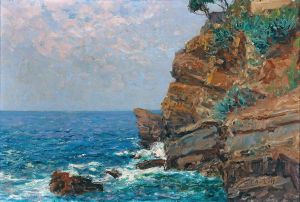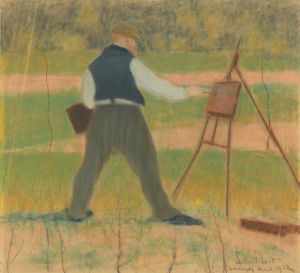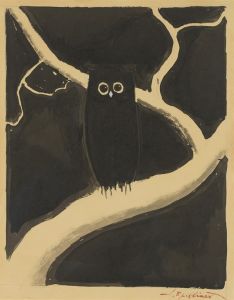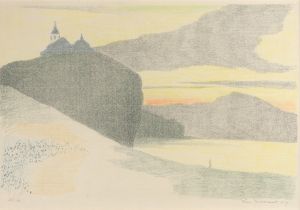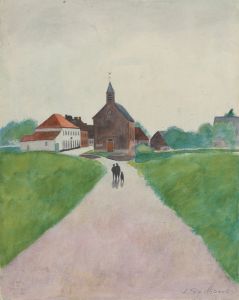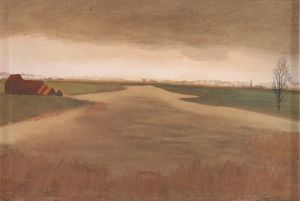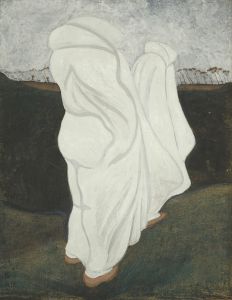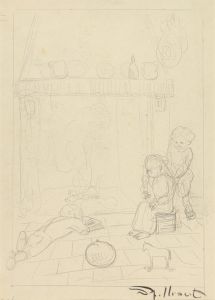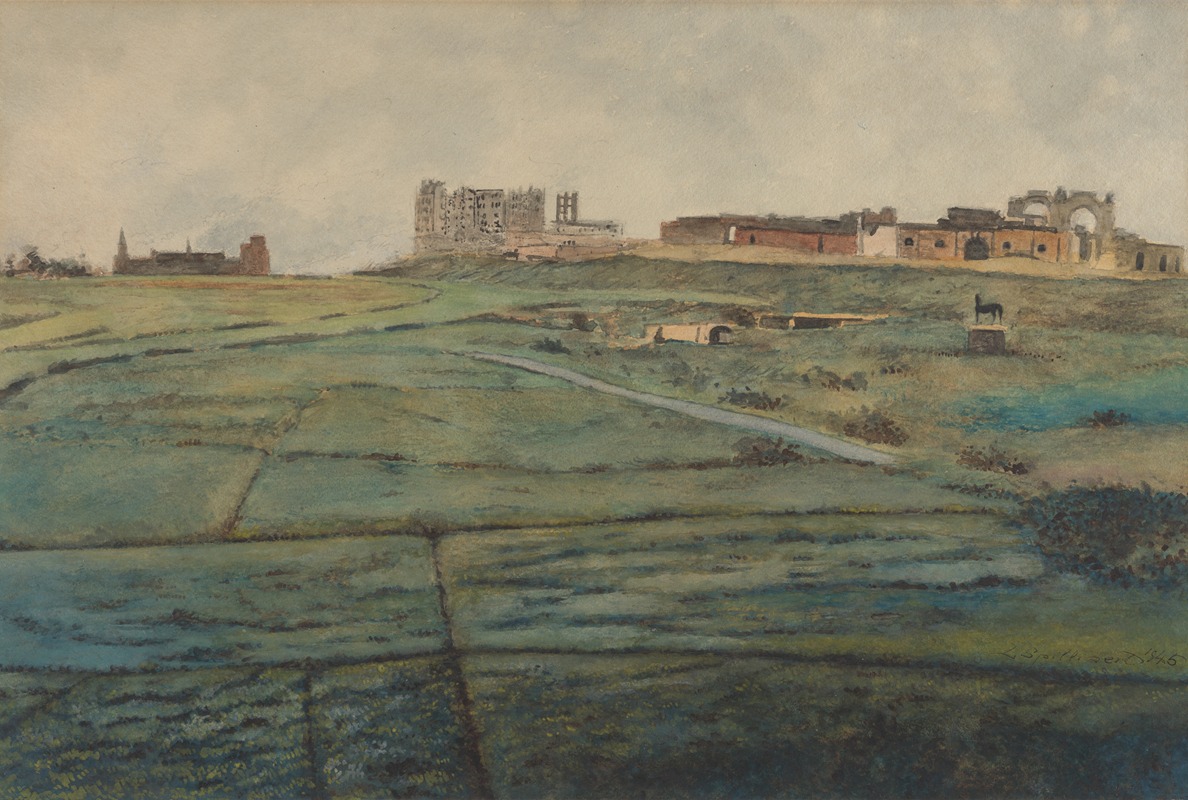
De Wellingtonrenbaan en het Royal Palace Hotel te Oostende kort na de Tweede Wereldoorlog
A hand-painted replica of Léon Spilliaert’s masterpiece De Wellingtonrenbaan en het Royal Palace Hotel te Oostende kort na de Tweede Wereldoorlog, meticulously crafted by professional artists to capture the true essence of the original. Each piece is created with museum-quality canvas and rare mineral pigments, carefully painted by experienced artists with delicate brushstrokes and rich, layered colors to perfectly recreate the texture of the original artwork. Unlike machine-printed reproductions, this hand-painted version brings the painting to life, infused with the artist’s emotions and skill in every stroke. Whether for personal collection or home decoration, it instantly elevates the artistic atmosphere of any space.
Léon Spilliaert, a Belgian symbolist painter, is known for his unique style that combines elements of symbolism and expressionism. His work often features introspective themes and a distinctive use of color and form. One of his notable works is "De Wellingtonrenbaan en het Royal Palace Hotel te Oostende kort na de Tweede Wereldoorlog," which translates to "The Wellington Racetrack and the Royal Palace Hotel in Ostend shortly after World War II."
This painting captures a scene in Ostend, a coastal city in Belgium, known for its beaches and as a popular tourist destination. The Wellington Racetrack, a prominent feature in the painting, is a well-known horse racing venue in Ostend. It was established in the late 19th century and has been a significant part of the city's cultural and social life. The racetrack is named after the Duke of Wellington, a nod to the historical ties between Belgium and Britain.
Adjacent to the racetrack is the Royal Palace Hotel, another key element in Spilliaert's painting. The hotel, with its grand architecture, was a symbol of luxury and elegance, attracting visitors from across Europe. After World War II, Ostend, like much of Europe, was in a period of recovery and rebuilding. The painting reflects this transitional period, capturing the juxtaposition of the city's enduring landmarks against the backdrop of a world emerging from the shadows of war.
Spilliaert's work is characterized by its atmospheric quality, and this painting is no exception. He employs a muted color palette, which adds to the somber yet hopeful mood of the scene. The use of light and shadow is particularly effective in conveying the time of day and the weather conditions, which are typical of the Belgian coast.
The painting is a testament to Spilliaert's ability to convey emotion and narrative through his art. It reflects his deep connection to Ostend, a city that featured prominently in his life and work. Spilliaert was born in Ostend in 1881 and spent much of his life there, drawing inspiration from its landscapes and seascapes.
"De Wellingtonrenbaan en het Royal Palace Hotel te Oostende kort na de Tweede Wereldoorlog" is not just a depiction of a specific location; it is a reflection of a moment in history. The painting captures the resilience of a city and its people as they rebuild and look towards the future. It is a poignant reminder of the impact of war and the enduring spirit of recovery and renewal.
Spilliaert's work continues to be celebrated for its emotional depth and technical skill. His paintings are housed in various museums and collections, and they remain a significant part of Belgium's artistic heritage. This particular painting, with its historical context and evocative imagery, is a valuable piece of Spilliaert's oeuvre, offering insight into both the artist's perspective and the broader historical moment it represents.





